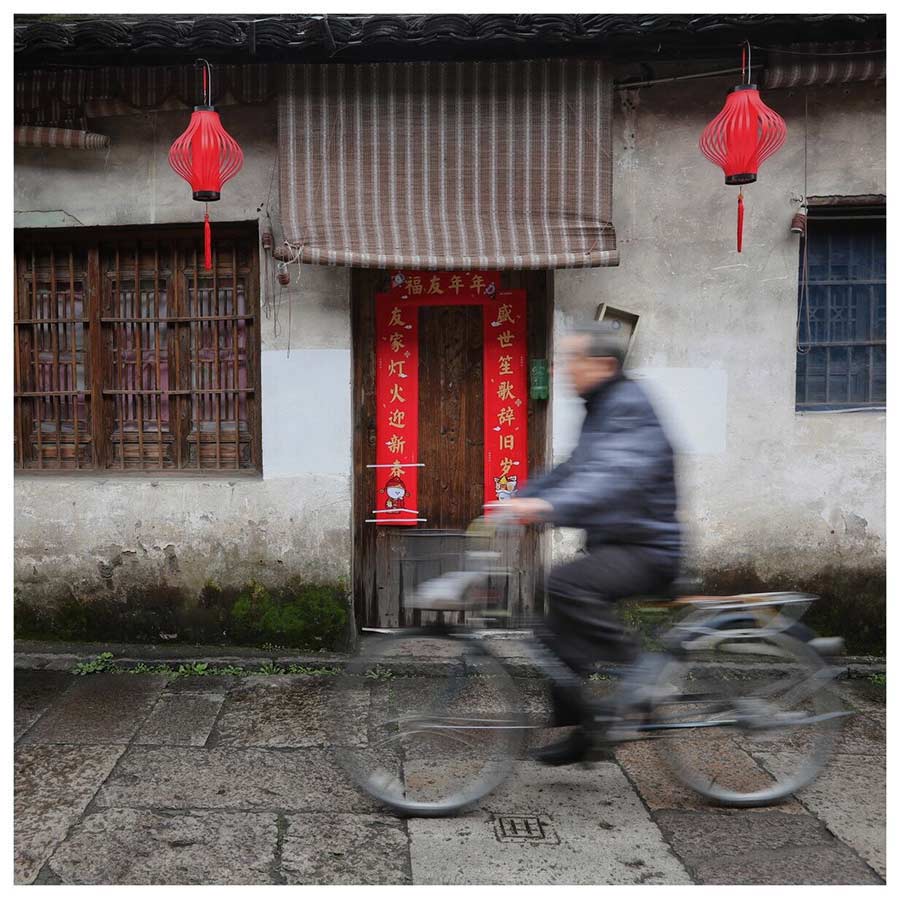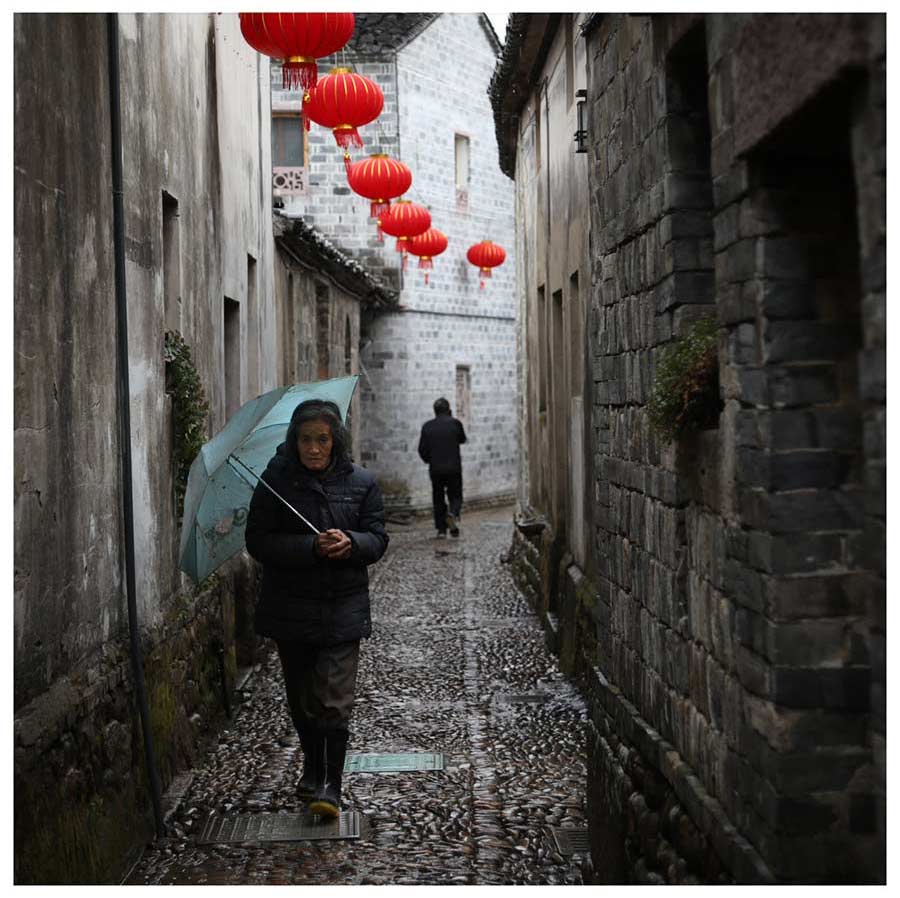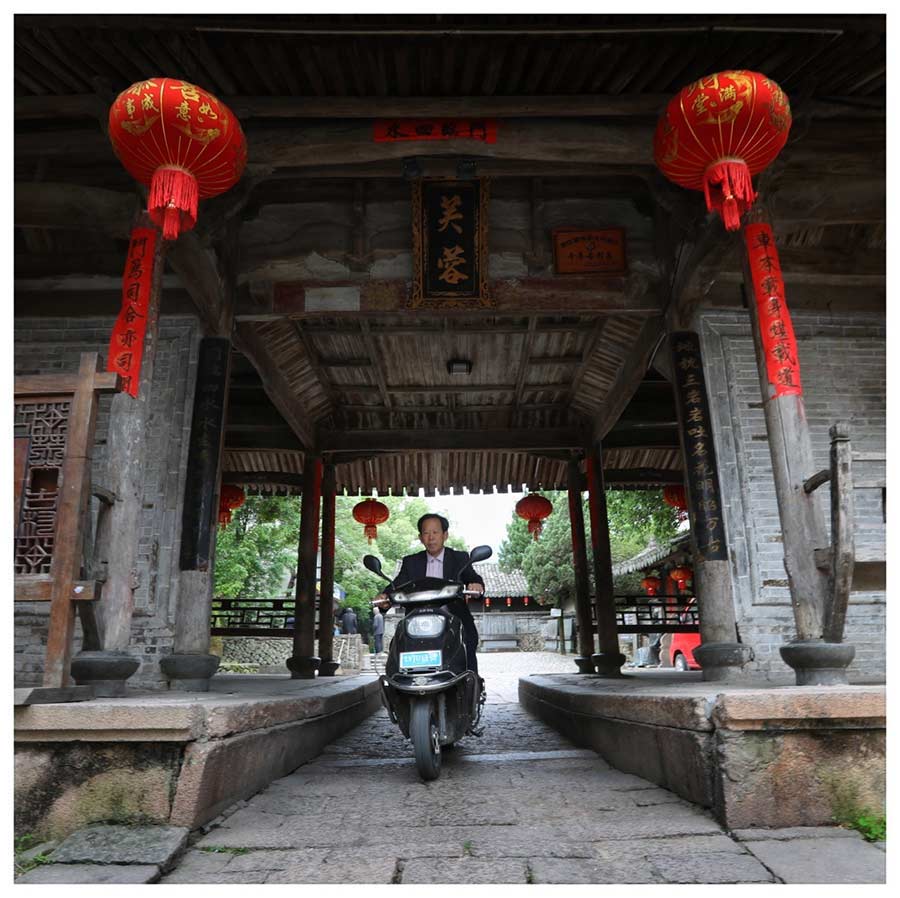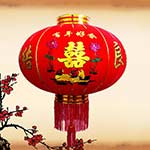Chinese Lanterns
Originating in the East Han Dynasty (25-220), Chinese colored lanterns reached their peak during the Tang (618-907) and Song (960-1279) dynasties, when people then were just as enthusiastic in watching the colored lanterns as today's Chinese people are in watching the special TV New Year program during every Chinese Lunar New Year.
Originally, people hung colored lanterns in front of their doors to drive away evil spirits. But today, with society's development, the colored lantern has largely become a symbol of traditional Chinese culture, playing an even more important role in celebrations and ceremonies.
Four of the most famous styles of colored lanterns come from the capital Beijing in North China, Suzhou city in East China's Jiangsu Province, and Haining and Wenzhou cities in East China's Zhejiang Province.
 |
 |
 |
Beijing
Beijing, as one of the nation's four famous ancient capitals, boasts some of the most exquisite and elegant-shaped colored lanterns made of select raw materials. The lanterns hanging in front of the Tian'anmen Square are representatives of royal lanterns. They are made of steel frames which are then covered by red silk. Both their top and bottom mouths are decorated with ruyi (wish-granting scepter) patterns; their bottom mouths are also decorated with hanging golden tassels that shine beautifully and elegantly.
The best traditional Beijing palace lanterns require valuable rosewood as the skeleton and are usually covered with traditional-patterned thin silk or glass. Besides their original lighting function, the palace lanterns are also high works of art that are favored by Chinese lantern collectors. Palace lanterns are so named because they were first used in the palace. Now they are usually hung in halls or study rooms, for an added classic antique effect.
Suzhou
In contrast with Beijing royal colored lanterns, Suzhou-style colored lanterns usually have a rustic flavor. They boast a long history and a delicate beauty. Early in the Song Dynasty, colored lanterns developed into an individual crafts industry.
Suzhou lanterns vary greatly in shape, ranging from birds, flowers, and fishes to pavilions, terraces, towers and even human figures. Though the raw materials used are very simple, the artistic value is still high. Suzhou lanterns are known for their rich colorfulness, refined processing, ingenious structure, exquisite sculpture and grand magnificence. In raw material, the Suzhou lanterns can be classified as frameless, pearl or silk lanterns, while in shape, they can be categorized as table, pendant, wall, seated or hand lanterns.
The lanterns are a delicate combination of many artistic techniques like paper cutting, paper carving, paperhanging, and drawing. Both the construction style of classic Suzhou Gardens, and the Wu-style painting in the Ming Dynasty (1368-1644) influenced Suzhou colored lanterns, and helped form a unique artistic style. On the lanterns are paintings mainly of pavilions, pagodas and towers. Human figures, landscape, birds and flowers are used as decorations, forming a strong folk art flavor on the south of Yangtze River.
Among Suzhou's various colored lanterns, zou ma deng (galloping horse lantern), with its famous ingenious design, is probably the most famous. The lantern has a revolving circle of paper-cut lanterns or other figures. When the candle is lit, the circulation caused by the fire will make the inner circle revolve. The story on the paper-cut can then be read with flowing pictures. Nowadays, Suzhou's lantern-making techniques has become more advanced, and though the custom of watching lanterns in the Spring Festival has largely disappeared, new colored lanterns incorporating the modern technology still attract people all over the country to buy lanterns in Suzhou.
Haining
Haining, most widely for its Qiantang Bore natural wonder, is another renowned hometown of colored lanterns. The ancient town Xiashi has a time-honored tradition of colored lantern making, with some believing it to have a history of more than 1,000 years, starting from the Tang Dynasty and thriving in the Song Dynasty (960-1279). The Haining colored lanterns incorporate craftwork, calligraphy and painting.
Haining colored lanterns are specially known for their elaborate pinprick craft, which was enlisted as tributes to the emperor early in the Song Dynasty. The lanterns apply bamboo strips as the frame, covered by paper with paintings. The excelling pinpricked picture workmanship is completely handmade. This kind of lantern usually requires more than 10,000 pinpricks to form a picture, with some big ones requiring as many as 200,000 to 300,000. The light in the lantern beams out through the many tiny holes, forming a vividly shaped picture.
Xiashi colored lanterns are not only widely recognized on the south of Yangtze River, but also enjoy international fame. Even before the founding of the People's Republic of China, the lantern twice won medals at international expositions. In 1955, the late premiere Zhou Enlai presented Xiashi lanterns to honored guests from Sri Lanka, and in 1994 the Haining local government gave a pair of lanterns to Lee Kuan Yew, the Minister Mentor of the Republic of Singapore, winning high acclaim.
Wenzhou
A special kind of boat, dubbed "Dragon Boat Lantern", prevails in Leqing and Yongjia counties of Wenzhou City. A piece of arc-shaped wood is used as the boat's main body, while bamboo strips and paper are applied to form the shape of a dragon. The boat is three meters long and three meters high. The dragon's head in the front is delicately decorated with a pearl in the mouth and tassels hanging as the beard, while its body is composed of a five- to seven-storied pavilion.
Small flags of various colors are placed all over the "dragon" body as ornaments. The pavilion walls are made of two layers of paper. The inside layer is made of transparent white paper, and the outside is usually made of colorful paper carvings of various shapes. When the light in the "abdomen" of the dragon is lit, colorful and twinkling small figures vividly appear to the viewers. The whole boat is a combination of several boats equipped with more than 70 pavilions, on which about 300 silk figures are placed. These figures are largely from Chinese novel classics like The Romance of the Three Kingdoms and The Complete Storytelling of Yue Fei.
Page 1 of 1 1
| ||
| ||
Page 1 of 1 1

